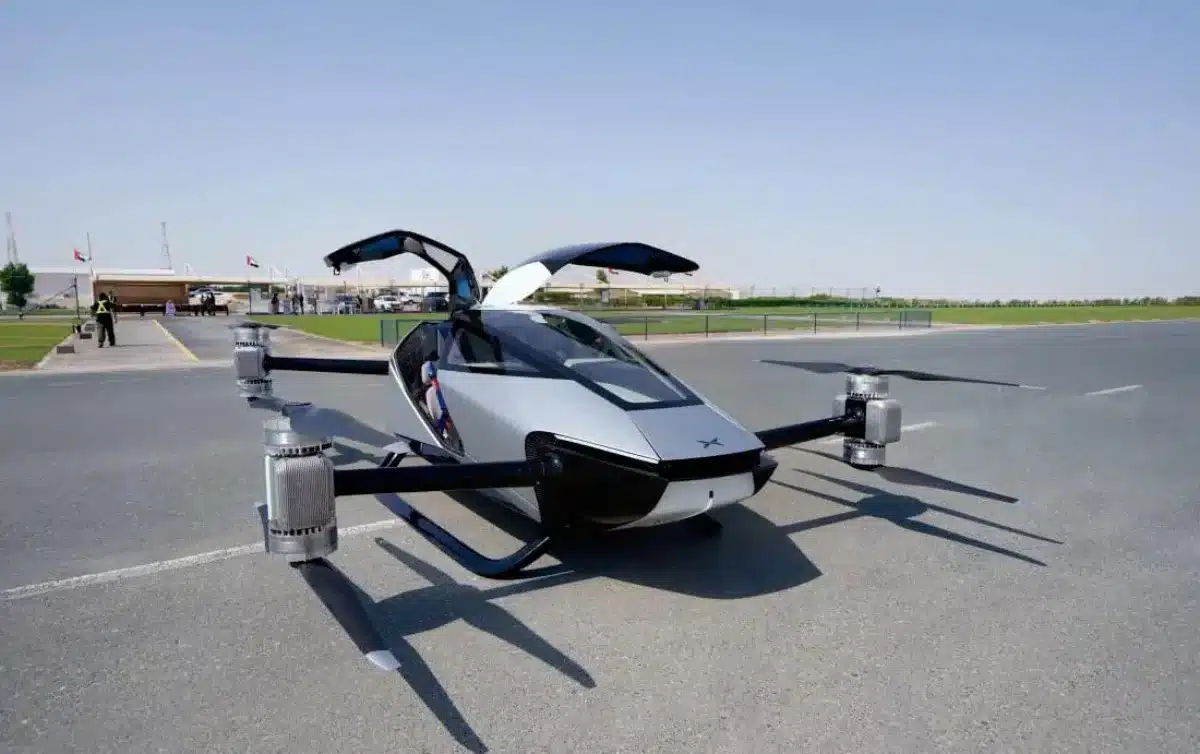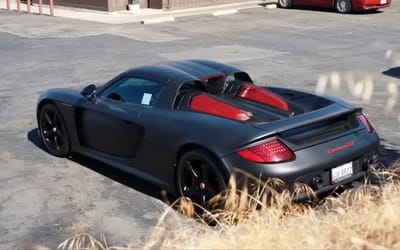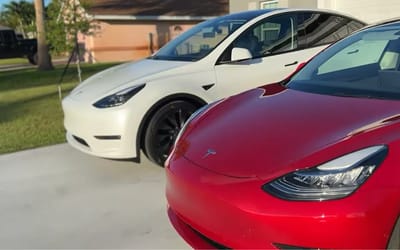Six-wheel all-terrain Land Aircraft Carrier eVTOL car begins air certification
- Xpeng’s flying car brand AeroHT has unveiled two flying cars
- The first flying car looks like a supercar, the second is a Cybertruck-style SUV
- AeroHT has filed a request to receive an airworthiness certification, which should be approved by next year
Published on Apr 04, 2024 at 2:07 PM (UTC+4)
by Alessandro Renesis
Last updated on Apr 10, 2024 at 5:30 PM (UTC+4)
Edited by
Tom Wood
Not long ago, Chinese automaker Xpeng launched a new branch called AeroHT, which specializes in flying cars.
So far, they’ve unveiled an all-terrain vehicle that’s both a car and an eVTOL (Electric Vertical Takeoff and Landing) and a supercar.
Even though both are technically capable of flying, that hasn’t happened just yet due to legislative reasons.
But that might be about to change because it has just begun the certification process to get off the ground.
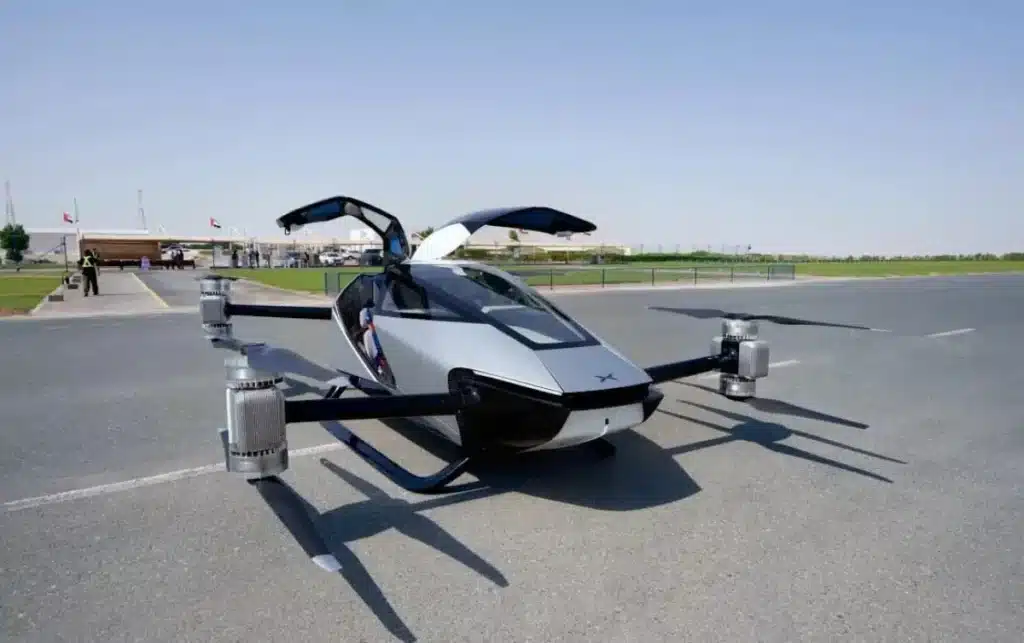
READ MORE: The Horizon Aircraft eVTOL has officially been built and it finally has a release date
AeroHT is doing things a bit differently, and that’s what sets the brand apart from other manufacturers.
There are plenty of flying cars or eVTOLs and most of them look a bit odd, halfway between a chopper and a car.
The thing with AeroHT vehicles is they look 100 percent like cars, but they can fly, too.
This is because AeroHT uses modular platforms.
The flying supercar, for example, looks like any other sports car until the wings are deployed.
And then there’s the all-terrain vehicle, which looks like a Cybertruck-esque SUV, until you open the trunk, where you’ll find a small helicopter.


As ever, what the vehicle can do and what the law says are two different things.
This applies to flying cars as well as to self-driving cars.
Tesla’s Full Self-Driving Mode, for example, is only available in certain regions and countries.
As for flying cars – for now – they’re only regulated and therefore available in a very small number of countries.
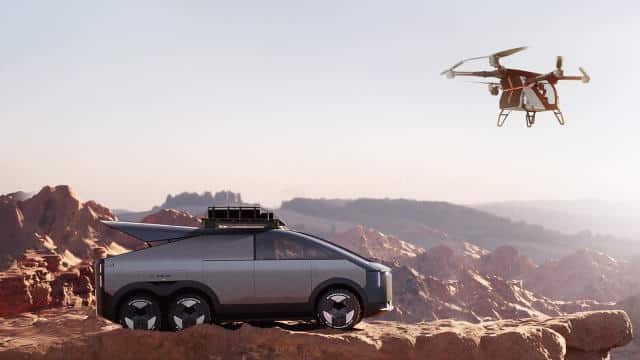

The company’s application for airworthiness certification was accepted by the Civil Aviation Administration of Central and Southern China (CAAC) in late March.
If everything goes to plan, these flying cars should be able to take off, both literally and metaphorically, by 2025 at the latest.
DISCOVER SBX CARS: The global premium car auction platform powered by Supercar Blondie
